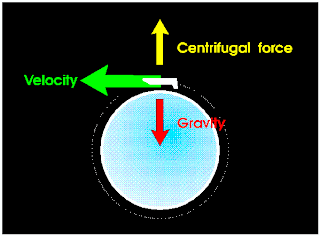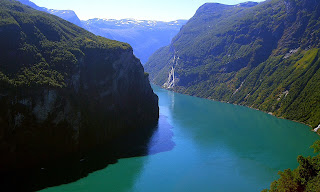Stock Market = Gas balloon - Keeps drifting upwards unless acted upon by external unbalanced force
Stock market is like a gas balloon,
it tends to drift up slowly unless there is an external unbalanced force trying to
pull it lower.
The above statement has a strong
message in it which can act as a double edged sword. Before understanding the
legitimacy and the sensibility of it, let us explore the various participants
in the stock market and understand how prices move.
a. Mutual
Funds
Many of the
mutual funds have a mandate to allocate a fix sum of capital into equity and
hence no matter what the price is, they would buy into it as long as funds are
flowing into it. Besides, they cannot short sell markets and hence are net
buyers only. Hence from this side, we have net buyers coming in at every price in a stable environment.
b. Investors
The investors
include various players like pension funds, mortgage funds, insurance
companies, NBFCs, Banks etc. They generally have surplus funds and are in the
game for a long horizon. They also allocate ever increasing capital into equity
funds despite increasing valuations. The only option they have is to decide on
capital allocation between various asset classes and in a stable environment, most of them end up being on the buy side
only despite any valuations.
c. Retail
investors
This is a very
interesting phenomenon and really funny to analyse sometimes. A retailer
investor always invariably enters from the buy side only as he feels the prices
may go up further. They end up being bullish not just because of their own
understanding but also on understanding of various traders who are always
bullish in a bullish market. So most times, they are also net buyers in a stable environment.
d. Traders
They are the
only ones who can be net buyers or sellers during a particular phase but most
times, they would avoid going against the general market sentiment and hence
will not sell into the market unless there is a dampener to the gas balloon.
Hence they are net buyers too..!!
So in a stable
environment, even if the companies are not performing exceptionally well or
there has been over stretched valuations or any other reason, stock markets
will still keep going up unless there is a dampener coming from macro-economic
factors or political factors or some other areas. The only argument against
this is that investors can allocate capital amongst asset classes. That is
true, but the general investor sentiment is that allocate more capital to
equity when environment is stable and less to debt. This ends up creating a
self fulfilling prophecy in which more and more allocation keep pushing the
equity market higher.
So it is very
common to see over stretched valuations during stable times and this
over-stretching can keep on increasing until there is dampener.
The stock market
rally in USA in 2013 is the most perfect example of it. Most companies have not
shown exceedingly exceptional performance results nor have they been able to do
extra-ordinarily different from what they did last year but still the equity
market has rallied more than 50% and most analysts still say that the market
can be bought into.!
So the next time,
you see a huge stock market crash, don’t fear, as the gas balloon has come
lower, look for the opportunity to hold onto it and wait for the dampener to go
away and enjoy the drift higher ever after..!!











